Want to ensure your ideation workshop goes out with a bang? Then you’re in the right place. Check out our comprehensive guide to mastering ideation sessions to learn the methods and techniques you need to bring about the most innovative solutions for your users.
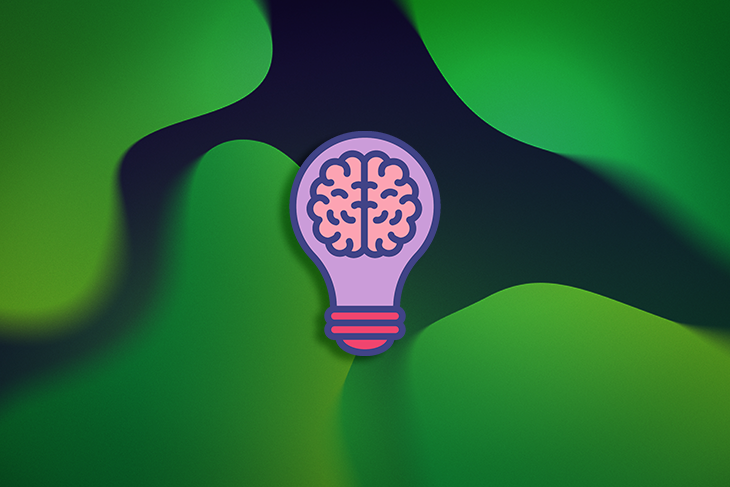
But first, let’s be sure we’re all on the same page: What’s an ideation session? And what’s the point of one?
Content:
An ideation session is a team workshop in which different methods and techniques are used to generate new and innovative ideas and solutions. Through processes such as collaborative brainstorming, mind mapping, sketching, and free association, teams come up with different ideas to solve a user or business challenge.
Ideation sessions are a key component of the design and product development process. Not only are they an effective tool for problem solving, they also promote creativity, discussion, team collaboration, cross-team communication, and a user-centric approach to the generation of diverse ideas. If we bring our ideas together, they can be more powerful than the ideas we generate alone.
Choosing the right participants for your ideation session can be tricky. While you want to collect a range of perspectives and ideas, for most companies it’s just not realistic to have every team member getting involved. On the other hand, if you limit your group to members of a single team, you risk missing out on the unique perspectives and insights from those with different knowledge sets and experiences that could positively inform the session.
Our advice here is to mix it up. Although the design team typically instigates ideation sessions, don’t limit your ideation session participants to just designers and developers. Instead, consider which individuals will be working on the project, which team members know the target audience really well, and which colleagues can provide input from a business perspective. This means including experts from marketing, customer service, business strategy, design, and development.
By organizing your team in this way, you’ll get a diverse selection of informed perspectives and a larger range of unique and innovative solutions. Not only that, but when it comes to executing on the project itself, colleagues will be used to cross-collaboration between different departments and be more open to the ideas and input of different team members.
Finally, we’d recommend inviting between eight and ten participants to your ideation session. When a group is any larger, there’s a risk of more introverted individuals not speaking up and sharing their thoughts. Any smaller, and you won’t get the necessary range of perspectives and experiences needed to truly innovate.
A successful ideation session requires participants to feel relaxed, safe, and in a place where they feel they can openly share their thoughts and ideas. In fact, the more comfortable participants feel during the session, the more likely it is they’ll explore their most out-of-the-box thinking. When participants feel free to share their craziest ideas, they discover a greater number of solutions — some of which may turn out to be the very thing the team is looking for.
To get your participants to feel both alert and at ease, you’ll need to prepare a short warm up. Jumping into the session cold is likely to leave participants feeling self-conscious and not in a position to produce their most innovative ideas.
Think of the brain as a muscle that needs to be stretched before an intense workout. With that in mind, here are some simple and creative warm up exercises you can do with your team to help them feel relaxed and ready to get creative.
After running through some of your favorite icebreakers, try out these warm up activities to get the session off on the right foot:
There are numerous techniques and activities that you and your team can use to spark ideas and generate unique solutions. While brainstorming is perhaps the most well-known — and we’ll dive into that in the next section — there are many other equally as effective methodologies for you to try. We’ve outlined some of our favorites below.
Bodystorming is an ideation technique that involves using the body to gain insights and generate new ideas. It does this by getting each individual to physically experience the problem the group is trying to solve in order to garner authentic empathy for the user. For a full rundown on how to run a bodystorming session, check out this bodystorming article.
Mind mapping is when the group uses images and visuals to represent thoughts, information, and ideas. It’s a really useful way of analyzing, organizing, and synthesizing ideas as well as helping to generate new solutions.
This ideation technique is particularly worthwhile for those who prefer visual learning over reading or listening. Starting with a central topic, the mind map then builds out from the center, with different branches leading to supporting ideas and subtopics labeled with keywords. To learn how to draw a mind map, check out this how-to guide on mind mapping.
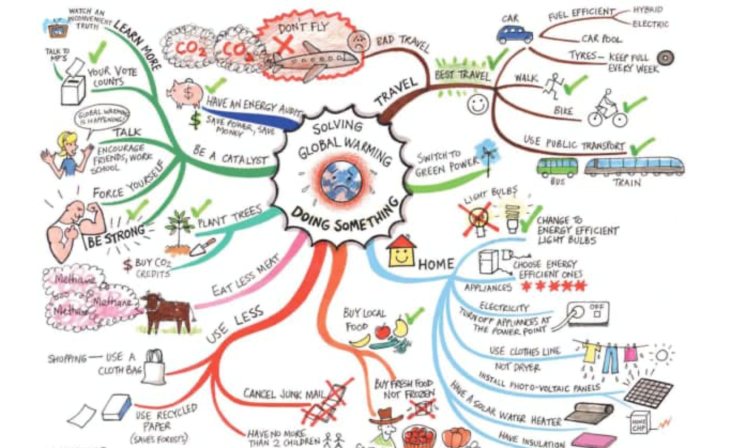
SCAMPER is a simple but effective checklist used to help generate new ideas and to see your current problem from multiple perspectives.
With the challenge in mind, the group simply goes through the list and follows the activity prompts.
For more information on SCAMPER, check out this in-depth SCAMPER guide.
Role-playing is a prototyping technique that sees participants play certain roles in a scene or conversation. Participants might read from a prepared script or simply play themselves while following specific instructions with the goal of better understanding how users might react in the same situation. When the exercise is over, the team analyzes the interaction and suggests changes that might improve or change the experiences of those involved. In later versions, character profiles might be adjusted or the scenario itself might be relocated.
This spontaneous and insightful ideation method is used to prompt authentic insights, user empathy, and solution ideation to help inform the design process. Learn more about role-play in the design process here.
The random stimulus methodology is when the group is presented with a completely arbitrary word, phrase, or image that is used to prompt free association. The initial word, picture, or phrase might be selected by a member of the group from a book, website, or magazine, or it may just be plucked out of thin air.
Next, the group is asked to briefly describe the stimulus. They might say how it functions, in what context it is used, or outline some of its key attributes. Finally, the group has to come back to the original problem they are trying to solve and see how the characteristics they have just described for the random stimulus might be applied to that problem.
Brainstorming is probably the first thing that comes to mind when thinking about how to generate new ideas. It refers to when team members bounce ideas off one another, with the aim of finding a solution (or many different solutions) to the problem. However, running a successful brainstorming session is not always a walk in the park. From keeping the team focused to ensuring equal participation, brainstorming sessions can be fraught with challenges.
Here are our tips to facilitating a session that brings about the results the team needs.
Although you want the ideas themselves to be creative, your approach to the brainstorming session should be structured. Be sure that everyone knows what the objective of the session is beforehand, who’s taking part, and what the next steps will be once the session is over.
In order to encourage maximum participation, make it clear from the start that your participants won’t be judged or criticized for any of the ideas they come up with during the session.
Be sure to encourage and embrace even the wackiest of ideas while brainstorming. The more “out there” the solutions, the more others will be emboldened to put forward their own more creative suggestions.
In any group, there will always be those more comfortable speaking out and those who are naturally more reticent. In order to collect the widest range of diverse opinions, ideas, and experiences, you’ll want to hear from everybody equally. To do this, start the session with introductions before getting everybody to take part in a quick ice breaking session.
During the brainstorm, reinforce positive contributions from more introverted members, ask either/or questions to encourage participation, and nurture a supportive listening environment. Finally, put time aside at the end of the brainstorm to go around the room and get input from everybody in turn.
Building on the ideas of others is one of the most valuable parts of brainstorming and can often lead to the most innovative solutions. You can encourage this by asking targeted questions to the group around one particularly promising idea. Rather than rushing on to the next idea, this will prompt them to stop and think further on it and consider how it might be developed or used in a different way.
In an ideation session, collaboration is a powerful tool. Not only does it encourage the sharing of ideas, knowledge, resources, and professional expertise — all essential to the generation of new and innovative solutions — it promotes the idea of working together to achieve a common goal which in turn forms bonds between colleagues. It’s commonly found that team collaboration during an ideation session frequently leads to more creative thinking than working alone, as individuals can build on each other’s ideas and get inspired by different approaches.
When collaboration plays such a key role in the success of an ideation session, it’s important that it’s done right. Here are our top tips for fostering a sense of psychological safety and facilitating constructive feedback to ensure effective collaboration between all team members.
Active listening is when you really listen. This means shutting off devices, making eye contact, observing verbal and non-verbal cues, and responding appropriately to show you understand what’s being communicated.
To avoid conflict and encourage participation, an environment within which respectful discussion is fostered is paramount. To achieve this, the team should consider each person’s opinion carefully and without judgment about that person’s intentions or experience.
The right amount of playfulness in an ideation session is important for helping the team bond. It encourages vulnerability as well as joyfulness and makes it easier for people to open up.
Design thinking is a process by which UX designers get to know their users better, learn about their challenges, redefine problems, and come up with innovative solutions to prototype and test. The process is divided into five phases: Empathize, Define, Ideate, Prototype, and Test.
As the third stage in this process, ideation plays an integral role in design thinking. The ideation stage is all about challenging assumptions and generating new ideas. It is a transitional stage between learning about users and their challenges and uncovering solutions for those issues. This is done by looking at the problem from different angles, empathizing with the user, adopting a user-centered approach, and using iterative thinking as a method for generating meaningful ideas.
As a human-centered approach to design, design thinking has empathy at its heart. During the Empathize stage of the process, the team works to better understand the people they are designing for, how those individuals interact with a product or service, and what motivates them to behave the way they do. This also involves getting to know their practical and emotional needs, their mental model of the world, and what is important to them.
The Empathize stage of the design thinking process directly informs the ideation stage that comes later, as teams use what they’ve learned about the user, their preferences, needs, and challenges to inform their ideas.
While user empathy focuses on getting into the shoes of the user and understanding their specific issues, user-centered design is when that empathy is used to directly inform the design of a product. While the ideation session comes before the prototyping stage, it’s useful for team members to have a user-centered approach in mind during ideation. This means taking into account usability goals, user characteristics, environment, tasks, and the product’s workflow when coming up with solutions and new ideas.
Design thinking itself is an iterative process. This means that tasks, processes, activities, and even ideas are repeated in order to generate sequential outcomes, with the goal being that each version improves on the last one. While iterative thinking comes to the fore in later stages of the design thinking process — predominantly in the Prototyping and Testing stages — it’s an approach that can also be used during ideation.
When team members use iterative thinking during idea generation, rather than simply coming up with one new idea after another, they are able to build on ideas, tweaking, adjusting, and improving them with each round of suggestions until it fully solves the problem presented.
Sketching and visualization during ideation sessions are useful tools when a team is trying to generate new ideas. Whether sharing or expanding on your thoughts, brainstorming solutions, or developing an idea, sketching is a really visceral way of getting everybody aligned and getting your ideas across. It can also prompt new ideas, inspire developments, and encourage iteration and collaboration.
Visualization — when datasets are visually represented using, for example, graphs, charts, or other images — can help deepen the understanding of a problem, speed up information transmission, and help the team quickly see what matters the most or what needs to be prioritized.
In ideation sessions, some common sketching and visualization techniques include:
Rapid sketching is when the facilitator of the ideation session sets a timer and asks everybody to quickly sketch out as many ideas as possible within the set timeframe. Usually five minutes is enough. Remember, the focus here should be on the quantity of ideas rather than the quality of each drawing.
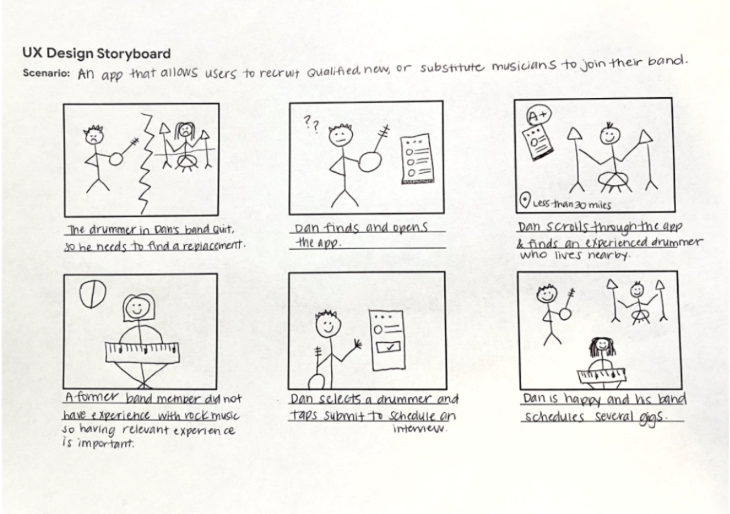
Storyboarding is when the ideation team creates a visual representation of a user’s interaction with a product or service. Similarly to how storyboarding works in the creation of a film or television show, here the storyboard is displayed as a sequence of panels that chronologically charts how the user experiences a product.
After a successful ideation session, a team will typically come up with a number of interesting ideas to address the original problem posed at the start of the session. As it’s not possible to implement all of these ideas, it’s important to have a process in place for selecting and prioritizing the best ones. Popular strategies for this include dot voting and the impact-effort matrix. Let’s take a look at these methods in a bit more detail.

Dot voting is a very simple method used to determine which idea or ideas the team wants to pursue further, and which should be abandoned completely or returned to later.
First off, each idea is written clearly on a Post-It note and stuck to a white board or wall. Then, each member of the team is given a set number of sticky dots (or a marker pen). After considering all of the ideas, the team is then invited to stick their dots (or place a mark) next to the idea or ideas which they think are both viable and most likely to succeed. The idea with the most dots is declared the solution the team will develop.
An impact-effort matrix is a 2D, visual decision-making method for assessing the potential impact and effort of an idea before developing it. It’s a particularly useful tool for teams when trying to ascertain which ideas to prioritize.
To draw an impact-effort matrix, simply draw a vertical line and a horizontal line that meet at the bottom left of the page. The vertical line represents the amount of impact an idea would make, from low to high. The horizontal line represents the amount of effort needed to implement the idea, from low to high.
The remaining space between the horizontal and vertical lines is divided into four squares: easy wins, major projects, incremental/fill-in jobs, and money pit/avoid (or however you want to label them).
For each idea the group has come up with, you’ll want to plot it on the graph. Its location will depend on the impact that idea would make and the effort involved in developing it.
Considering each idea in this way helps the team to prioritize. They’ll easily be able to see which projects should be implemented right now, which are major undertakings and should be considered further, which should definitely be avoided, and which could bring about incremental change if scheduled over a longer time.
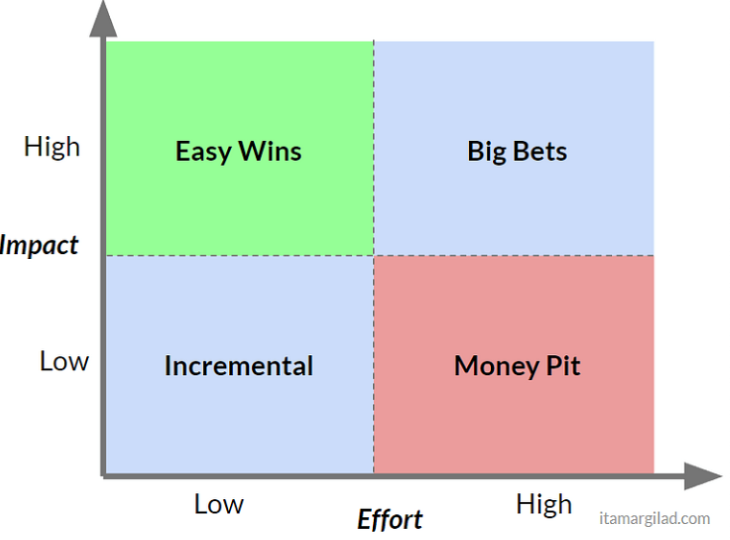
The facilitator or team lead of the ideation session is responsible for documenting all of the ideas that the team comes up with throughout the workshop. A good rule of thumb is for this individual to read out all of the ideas to the group at the very end of the session to ensure that nothing has been missed and to check if anything needs to be clarified. They will also outline what comes next, whether that’s more user research, further ideation, or straight into testing and prototyping. Giving the team clear expectations of next steps will be crucial to maintaining their commitment to the project and ensuring everyone is aligned.
After the session, the facilitator will follow up with an email to the team who have taken part. It will include a summary of what happened during the ideation workshop, a rundown of the ideas which were chosen, and a proposal for next steps, such as prototyping and testing the selected ideas. This email should also assign responsibilities to different team members in preparation for the next stages and outline how the team will track progress on the project’s development and execution. Finally, the facilitator might use this email to ask for feedback on the session in order to hone or improve the ideation process for next time.
As we have seen, ideation sessions are a valuable method for fostering creativity and generating innovative, user-centric solutions to all kinds of design problems. Using some of the techniques we’ve outlined here, you’ll find your team is not only able to more easily tap into out-of-the-box thinking to solve a given issue, they will also be able to collaborate on and prioritize their ideas much more effectively.
Our key takeaways:
Header image source: IconScout
LogRocket's Galileo AI watches sessions and understands user feedback for you, automating the most time-intensive parts of your job and giving you more time to focus on great design.
See how design choices, interactions, and issues affect your users — get a demo of LogRocket today.

The checkbox is one of the most common elements in UX design. Learn all about the feature, its states, and the types of selection.
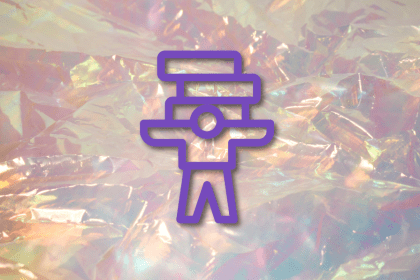
Optimization fatigue is real. Here’s why designing only for metrics drains creativity, and how to bring the human back into UX.
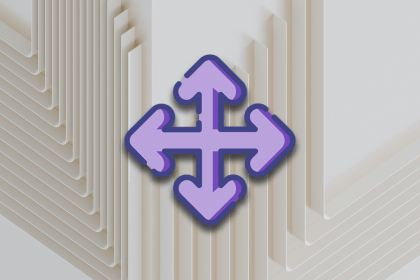
Let’s explore why and when to use drag and drop, discussing real-world examples, platform-specific considerations, and accessibility tips.
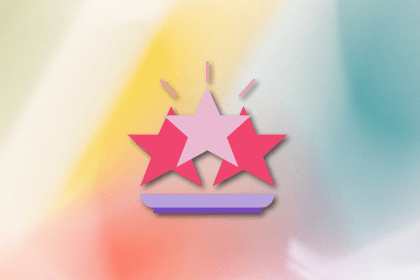
We’re told to reduce friction, but sometimes friction builds value. This blog explores how scarcity, when designed well, sharpens focus and strengthens user trust.